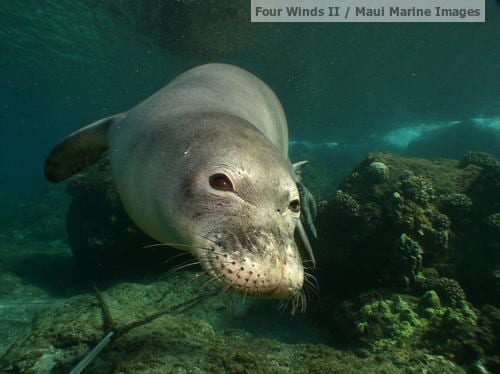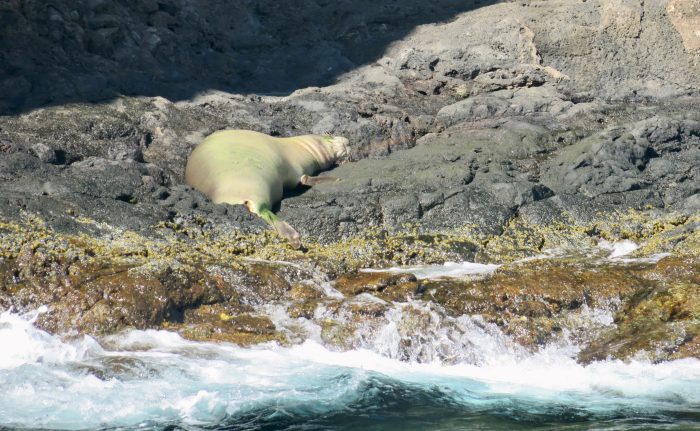Hawaiian Monk Seals
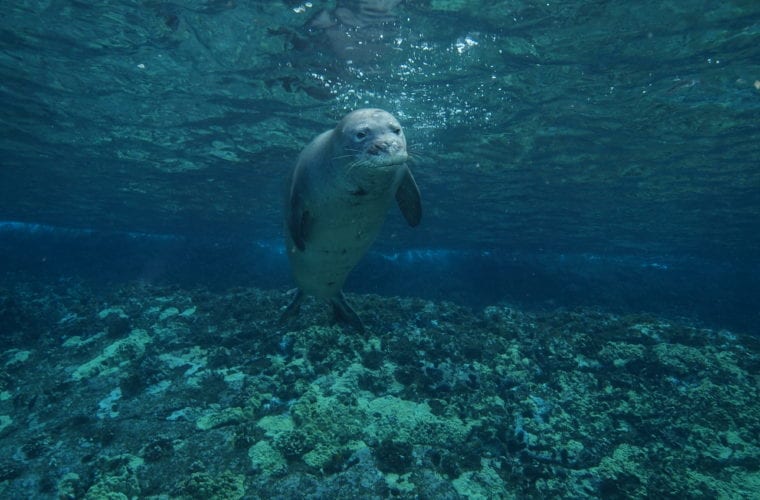
We Love Monk Seals!
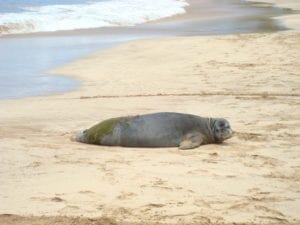 The Hawaiian Monk Seal haul themselves to the warm, sunny beaches of Hawaii to rest. Exhausted after a night of hunting, they often sleep for and entire day in the sand just above the surf, then get back in the ocean at sunset. Slumbering Monk Seals attract scores of curious tourist who will often study a motionless Monk Seal for hours trying to decide if it is even alive or injured. Don’t worry, they are just fine. This is very typical behavior! They need to regain their strength for feeding and defending themselves from predators and should never be approached or disturbed. They are protected by law! We sometimes will see a monk seal resident hanging out on the shoreline at Coral Gardens! Keep your eyes open!
The Hawaiian Monk Seal haul themselves to the warm, sunny beaches of Hawaii to rest. Exhausted after a night of hunting, they often sleep for and entire day in the sand just above the surf, then get back in the ocean at sunset. Slumbering Monk Seals attract scores of curious tourist who will often study a motionless Monk Seal for hours trying to decide if it is even alive or injured. Don’t worry, they are just fine. This is very typical behavior! They need to regain their strength for feeding and defending themselves from predators and should never be approached or disturbed. They are protected by law! We sometimes will see a monk seal resident hanging out on the shoreline at Coral Gardens! Keep your eyes open!
The Hawaiian monk seal is the only seal that is native to Hawaii and is one of the most endangered species on earth. This earless seals future is dependent on conservation for its survival. Many efforts have been in place over the last 10 years to assist with their decline, and luckily conservation efforts have shown to help with their declining population.
Ancient Hawaiians call the monk seal ‘llio holo I ka uaua, which translates to “dog that runs in rough water”. Scientifically, Hawaiian monk seals are known as Neomonachus schauinslandi.
Adult seals usually weigh anywhere from 400 – 500 pounds (some may reach up to 600 pounds!), and are approximately 7 feet in length. Female monk seals are typically larger than males.
The typical life span of the Hawaiian monk seal is 25-30 years.
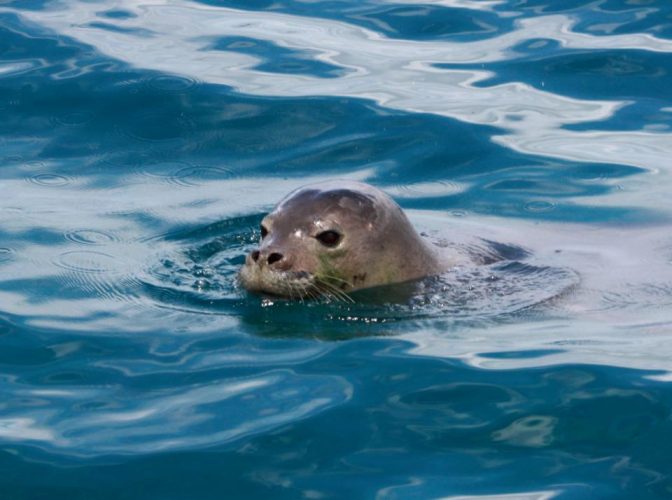
How can you tell if it is a Hawaiian monk seal? Monk seals have some distinctive features, such as short front slippers and ear holes (they are earless). The majority of the monk seal pups are born black in color, and as they become an adult, they usually turn dark grey (and lighter grey on stomach). Typically, they molt once a year and shed their outer layer for about 10 days.
Currently, there are two types of monk seal species still in existence, the Hawaiian and Mediterranean monk seal. The Caribbean monk seal is sadly extinct.
These marine mammals mate in the water, but females give birth on land. Females usually mature around 5 years old and gestation can last 10-11 months. It is common for them to give birth in the months of March and April.
Monk seals are carnivores, but they are also opportunists! These mammals eat a large variety of food and will eat what is available to them. Some of their most common food options are shrimp, crab, lobster, eel, squid, fish, etc. To obtain food, the seals will venture away from the shoreline and will dive 50-300 feet. Monk seals are insanely talented divers and can dive up to 1800 feet!
Sadly, Hawaiian monk seals are dangerously close to extinction. Factors such as climate change, entanglement, human threat, fisheries, disease (toxoplasmosis) and predators are the most common reasons. There are only about 1,500 Hawaiian monk seals left on earth.
To learn more about the conservation efforts of the Hawaiian monk seal, please visit NOAA Fisheries website.
References:
Hawaiian Monk Seal Facts: Habitat, Diet, Conservation, & More (americanoceans.org)

